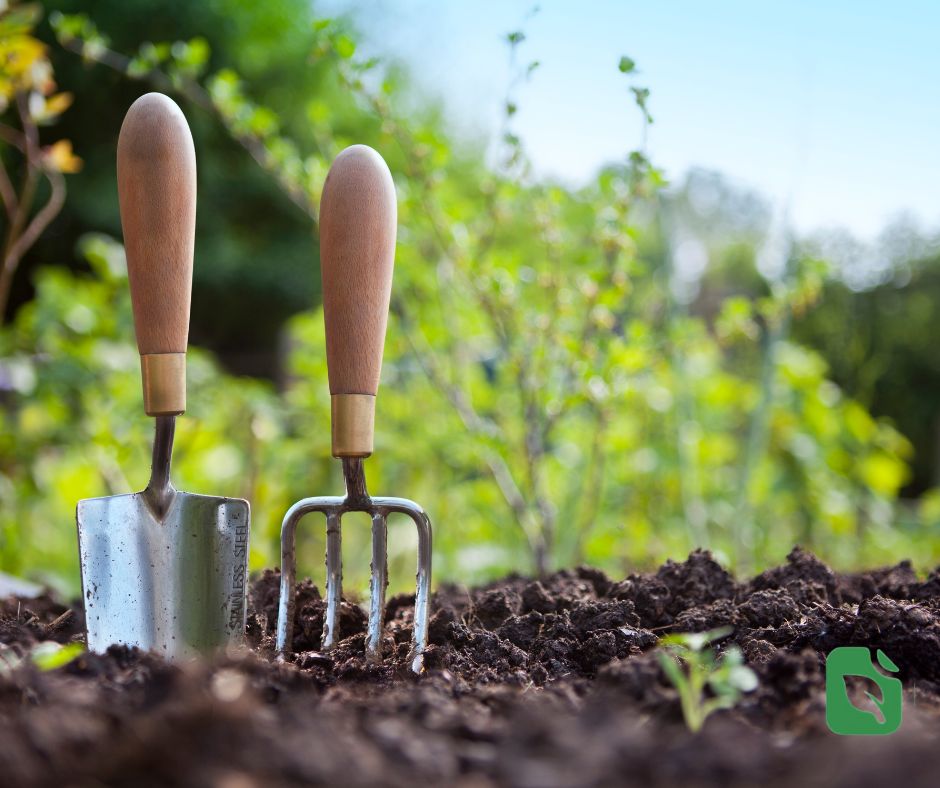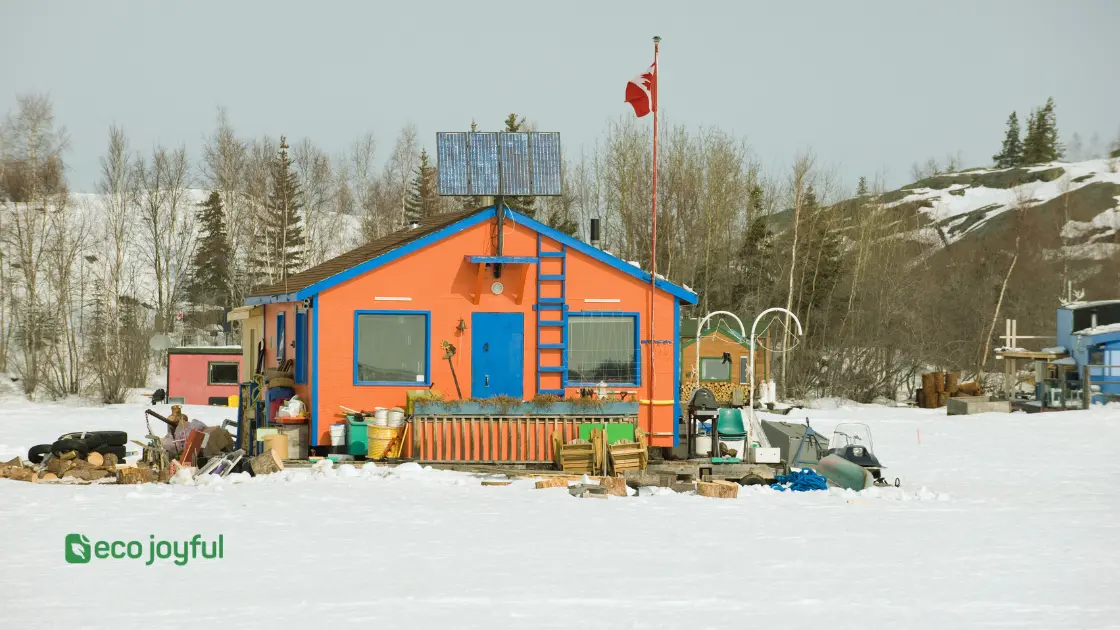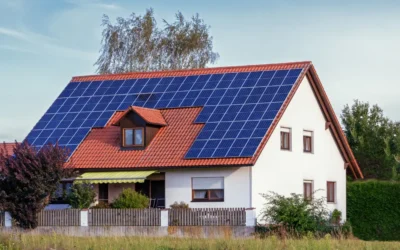A Hydroponic Wall System is a vertical garden that uses a soil-free method to grow plants. It maximizes space and enhances indoor air quality.

Hydroponic Wall Systems are gaining popularity for their efficient use of space and sustainable growing methods. These systems allow for cultivating various plants, including herbs, vegetables, and decorative flowers, without the need for soil. They deliver nutrient-rich water directly to the plant roots, ensuring optimal growth.
Ideal for urban environments, they transform blank walls into lush, green spaces. This m method not only improves aesthetic appeal but also contributes to better air quality and can even provide fresh produce year-round. Hydroponic Wall Systems are a perfect blend of technology and nature.
Introduction To Hydroponic Walls
Hydroponic walls are transforming urban landscapes. These vertical gardens use no soil. They grow plants using nutrient-rich water solutions. This innovative method offers numerous benefits.
The Concept Of Soil-less Gardening
Soil-less gardening, known as hydroponics, is revolutionary. Plants get nutrients directly from water. No soil means fewer pests and diseases. This method saves space and water.
Hydroponic walls take this a step further. They use vertical space for gardening. This is perfect for urban areas. Imagine lush greenery on city walls. It’s beautiful and practical.
Benefits Of Integrating Green Into Urban Spaces
Integrating green spaces in cities has many advantages. Hydroponic walls offer several key benefits:
- Air Quality Improvement: Plants filter pollutants and produce oxygen.
- Temperature Regulation: Green walls can cool urban areas.
- Space Efficiency: Vertical gardens save horizontal space.
- Aesthetic Appeal: They enhance the visual appeal of buildings.
Hydroponic walls also support urban agriculture. Fresh produce can grow on city walls. This reduces the need for transportation. It promotes sustainable living in cities.
Here is a quick comparison of traditional and hydroponic gardening:
| Aspect | Traditional Gardening | Hydroponic Gardening |
|---|---|---|
| Soil Requirement | Essential | Not required |
| Water Usage | High | Low |
| Space Efficiency | Low | High |
| Pest Control | Difficult | Easier |
Hydroponic walls are eco-friendly and innovative. They are the future of urban gardening.
Designing Your Hydroponic Wall System
Creating a hydroponic wall system can be an exciting project. It allows you to grow plants indoors without soil. This guide will help you design your perfect setup.
Choosing The Right Location
Start by finding the best place for your hydroponic wall. It needs to be somewhere with good light and easy access to water. Here are some key points to consider:
- Natural Light: Place your system near a window with ample sunlight.
- Artificial Light: If sunlight is limited, use grow lights.
- Accessibility: Ensure it’s easy to reach for maintenance and harvesting.
- Space: Check the dimensions to fit your wall space.
Choosing the right spot will make your system more efficient and easier to manage.
Selecting Plants For Your Wall
Selecting the right plants is crucial for your hydroponic wall. Some plants are better suited for indoor growth. Here’s a table of popular choices:
| Plant | Light Requirement | Growth Rate |
|---|---|---|
| Lettuce | Medium | Fast |
| Spinach | Low | Moderate |
| Herbs (Basil, Mint) | High | Fast |
| Strawberries | High | Slow |
Choose plants based on your light conditions and growth preferences. This will help you achieve a thriving hydroponic garden.
Components Of A Hydroponic Wall
A hydroponic wall system combines key components. These include the structural framework, irrigation, and nutrient delivery systems. Each part is essential for plant growth.
Structural Framework Essentials
The structural framework supports the entire hydroponic wall. It must be strong and durable. Common materials include metal, plastic, and wood. Each material has its pros and cons.
- Metal: Strong and long-lasting but can rust.
- Plastic: Lightweight and resistant to water damage.
- Wood: Natural look but may rot over time.
The framework also includes mounting brackets and support beams. These ensure the wall stays upright and stable.
Irrigation And Nutrient Delivery Systems
The irrigation system is vital for plant hydration. It uses drip lines, sprinklers, or misting systems. Each type has unique benefits.
- Drip lines: Deliver water directly to roots.
- Sprinklers: Disperse water evenly over plants.
- Misting systems: Provide fine water droplets.
The nutrient delivery system ensures plants get essential nutrients. This system often combines with the irrigation setup. Nutrients are mixed with water and fed to plants.
Common components include:
- Nutrient reservoir: Holds the nutrient solution.
- Pumps: Move water and nutrients through the system.
- Timers: Control watering schedules.
Both systems work together to create an optimal growing environment. Proper setup ensures healthy and productive plants.
The Science Behind Hydroponic Systems
Hydroponic wall systems offer a modern approach to gardening. They allow plants to grow without soil. This system uses nutrient-rich water to nourish the plants. Understanding the science behind hydroponics helps maximize plant growth and health.
Nutrient Solutions And Plant Growth
A key element of hydroponic systems is the nutrient solution. This solution contains essential minerals and vitamins. Plants absorb these nutrients directly from the water.
Here are the main nutrients required for plant growth:
- Nitrogen (N): Promotes leaf growth
- Phosphorus (P): Supports root development
- Potassium (K): Enhances flower and fruit production
These nutrients must be balanced carefully. An imbalance can stunt plant growth or cause deficiencies. Regularly check and adjust nutrient levels for optimal results.
Lighting Requirements For Optimal Health
Lighting is crucial for hydroponic systems. Plants need light for photosynthesis. This process converts light into energy.
Consider these key factors for lighting:
- Light Intensity: Ensure plants receive enough light.
- Light Duration: Maintain a consistent light schedule.
- Light Spectrum: Use lights that mimic natural sunlight.
LED lights are a popular choice. They are energy-efficient and provide the full spectrum of light. Adjusting the light height and duration can prevent plant stress and promote healthy growth.
Table of Contents
Step-by-step Installation Guide
Installing a Hydroponic Wall System at home is a great way to grow fresh greens. This guide will help you set up your system easily. Follow these steps to enjoy a lush, green wall.
Preparing The Space For Installation
Before you start, make sure you have the right tools. You will need a drill, screws, a spirit level, and a tape measure. It is essential to choose a wall that gets enough light.
- Find a spot with good sunlight.
- Ensure the wall is sturdy.
- Clear the area of any obstacles.
Use the tape measure to mark where the structure will go. Ensure the marks are level. This will help keep your wall straight.
Assembling The Hydroponic Wall Structure
Now, it’s time to put together your Hydroponic Wall Structure. Follow the instructions that came with your kit. Usually, the process involves connecting frames and securing them to the wall.
- Lay out all the parts.
- Follow the manual for assembly.
- Attach the frame to the wall using screws.
Make sure each part is tight and secure. Use a spirit level to check that everything is straight. This will ensure your plants grow evenly.
Once the structure is up, you can start planting. Fill the planters with your chosen medium and add your plants. Connect the irrigation system to ensure plants get water.
| Step | Details |
|---|---|
| 1. Prepare | Mark the wall, ensure a level |
| 2. Measure | Mark the wall, ensure level |
| 3. Assemble | Connect frames, secure to wall |
| 4. Plant | Fill planters, connect irrigation |
Maintaining Your Hydroponic Wall
Maintaining a hydroponic wall system is crucial for healthy plant growth. Regular care ensures vibrant plants and bountiful harvests. Follow these easy steps to keep your hydroponic wall thriving.
Monitoring Water And Nutrient Levels
Check the water level in your hydroponic wall system daily. Ensure the water is clean and free of debris. Use a pH meter to measure water pH levels. Ideal pH levels are between 5.5 and 6.5.
Monitor the nutrient levels using a TDS (Total Dissolved Solids) meter. Nutrient levels should align with the specific needs of your plants. Refill nutrients as needed to maintain optimal growth. Below is a table of ideal TDS levels for different plants:
| Plant Type | Ideal TDS Level (ppm) |
|---|---|
| Leafy Greens | 800-1500 |
| Fruiting Plants | 1000-2000 |
| Herbs | 600-1200 |
Pruning And Harvesting Tips
Prune plants regularly to promote healthy growth. Remove dead or yellowing leaves. Trim overgrown stems to encourage new growth.
Harvest your plants when they reach maturity. Use clean, sharp scissors to cut the stems. Harvesting regularly encourages more production. Here are some tips:
- Leafy Greens: Harvest outer leaves first.
- Herbs: Pinch off the top leaves.
- Fruiting Plants: Pick fruits when they are fully ripe.
By following these steps, your hydroponic wall system will flourish. Happy gardening!
Innovations In Hydroponic Technology
The world of hydroponics is evolving rapidly. Modern hydroponic wall systems are at the forefront of this change. These systems are not only efficient but also incredibly innovative. They offer new ways to grow plants indoors. Let’s explore the latest advancements in this field.
Smart Systems And Automation
The integration of smart technology in hydroponics has been a game-changer. Smart systems monitor and adjust the environment automatically. This ensures plants receive optimal conditions at all times.
- Automated watering systems
- Temperature and humidity control
- Lighting adjustments based on plant needs
These features reduce the need for constant manual intervention. They also help in saving water and energy. Smart systems are ideal for urban gardeners with busy schedules.
Recent Breakthroughs In Hydroponics
Recent breakthroughs have made hydroponic systems more accessible and efficient. Innovative materials and designs enhance plant growth and yield.
| Innovation | Benefit |
|---|---|
| Vertical Farming | Maximizes space usage |
| LED Grow Lights | Energy-efficient lighting |
| Automated Nutrient Delivery | Precision feeding for plants |
Vertical farming allows for more plants in less space. LED grow lights use less power but provide the right light spectrum. Automated nutrient delivery ensures plants get the right nutrients at the right time.
These innovations make hydroponic gardening easier and more productive. They are paving the way for a greener, more sustainable future.
Case Studies: Successful Hydroponic Walls
Hydroponic wall systems are transforming spaces. They bring greenery indoors without soil. This section explores real-life success stories. These case studies highlight the benefits and impact of hydroponic walls in both residential and commercial spaces.
Residential Hydroponic Success Stories
In homes, hydroponic walls offer many benefits. Families enjoy fresh herbs and vegetables year-round. This section shares some inspiring residential success stories.
| Homeowner | Location | Plants Grown | Benefits |
|---|---|---|---|
| Jane Doe | New York | Herbs, Lettuce, Spinach | Fresh produce, Improved air quality |
| John Smith | California | Tomatoes, Peppers, Basil | Space-saving, Year-round growth |
Jane Doe from New York installed a hydroponic wall in her kitchen. She grows herbs, lettuce, and spinach. Jane enjoys fresh produce and better air quality.
John Smith in California uses his hydroponic wall for tomatoes, peppers, and basil. He loves the space-saving design and year-round growth.
Commercial Spaces Embracing Hydroponics
Businesses are also adopting hydroponic walls. They enhance aesthetics and provide fresh produce. Here are some successful commercial applications.
- Restaurant Green Walls: Several restaurants use hydroponic walls to grow herbs. This provides fresh ingredients and a green ambiance.
- Office Spaces: Companies install hydroponic walls to improve air quality. Employees enjoy the greenery and cleaner air.
- Retail Stores: Stores use these walls to attract customers. They create an inviting and modern environment.
Green Bistro installed a hydroponic wall in their dining area. They grow basil, mint, and other herbs. Customers love the fresh taste and green view.
Tech Corp added hydroponic walls to their office. Employees report better air quality and a more pleasant workspace.
Urban Outfitters uses hydroponic walls in their stores. The modern design attracts shoppers and enhances the shopping experience.
The Environmental Impact Of Hydroponic Walls
Hydroponic walls are transforming urban environments. They bring several environmental benefits. These living walls are not just visually appealing. They also play a crucial role in improving city life.
Reducing The Urban Heat Island Effect
Cities often experience the urban heat island effect. This phenomenon causes urban areas to be warmer than rural areas. Hydroponic walls help mitigate this issue.
Plants absorb sunlight for photosynthesis. This process reduces the heat retained by buildings. Hydroponic walls cool the surrounding air. This cooling effect lowers the overall temperature in cities.
Here are some benefits of reducing the urban heat island effect:
- Lower energy consumption for cooling buildings
- Improved comfort for city dwellers
- Reduced greenhouse gas emissions
Contributions To Air Quality And Biodiversity
Hydroponic walls also improve air quality. Plants absorb carbon dioxide and release oxygen. This process cleans the air and enhances the environment.
Hydroponic walls can also house various plants. These plants attract insects and birds. This supports biodiversity in urban areas.
Here are some ways hydroponic walls contribute to biodiversity:
- Providing habitats for pollinators like bees and butterflies
- Supporting bird populations in the city
- Enhancing green spaces and ecosystems
Hydroponic walls offer multiple environmental benefits. They cool cities, clean the air, and support biodiversity.
Future Trends In Hydroponic Gardening
Hydroponic gardening is transforming how we grow plants. The future trends in this field are promising. They focus on sustainability, innovation, and global impact.
The Role Of Hydroponics In Sustainable Urban Planning
Urban areas are growing rapidly. Hydroponic systems offer a solution for food production in cities. They use less water and space than traditional farming. They can be integrated into buildings, creating vertical farms. This helps reduce the urban carbon footprint.
Urban planners are now considering hydroponics in their designs. Green walls and rooftop gardens are becoming common. These installations not only produce food but also enhance air quality. They provide insulation and reduce energy costs. This makes cities greener and more livable.
Advancements In Hydroponic Systems And Their Global Impact
Advancements in hydroponic technology are changing the agriculture landscape. Automated systems are making hydroponics more efficient. Sensors and AI are used to monitor plant health. This ensures optimal growth conditions and increases yield.
The global impact of these advancements is significant. Countries with limited arable land can now grow their food. This reduces dependency on imports and enhances food security. Hydroponic systems are also being used in disaster-hit areas. They provide a quick and sustainable way to produce food.
| Advancement | Benefit |
|---|---|
| Automated Systems | Increases efficiency and yield |
| Sensors and AI | Monitors plant health |
| Vertical Farms | Optimizes space in urban areas |
| Green Walls | Enhances air quality |
These trends in hydroponic gardening are paving the way for a greener future. They offer sustainable solutions for urban and rural areas alike. The potential for growth and innovation in this field is immense.
Conclusion
A hydroponic wall system can transform any space into a lush, green oasis. It’s an efficient way to grow plants indoors. Enjoy fresh herbs, vegetables, and flowers year-round. This innovative system is perfect for urban living and small spaces. Invest in a hydroponic wall system and embrace sustainable living today.







